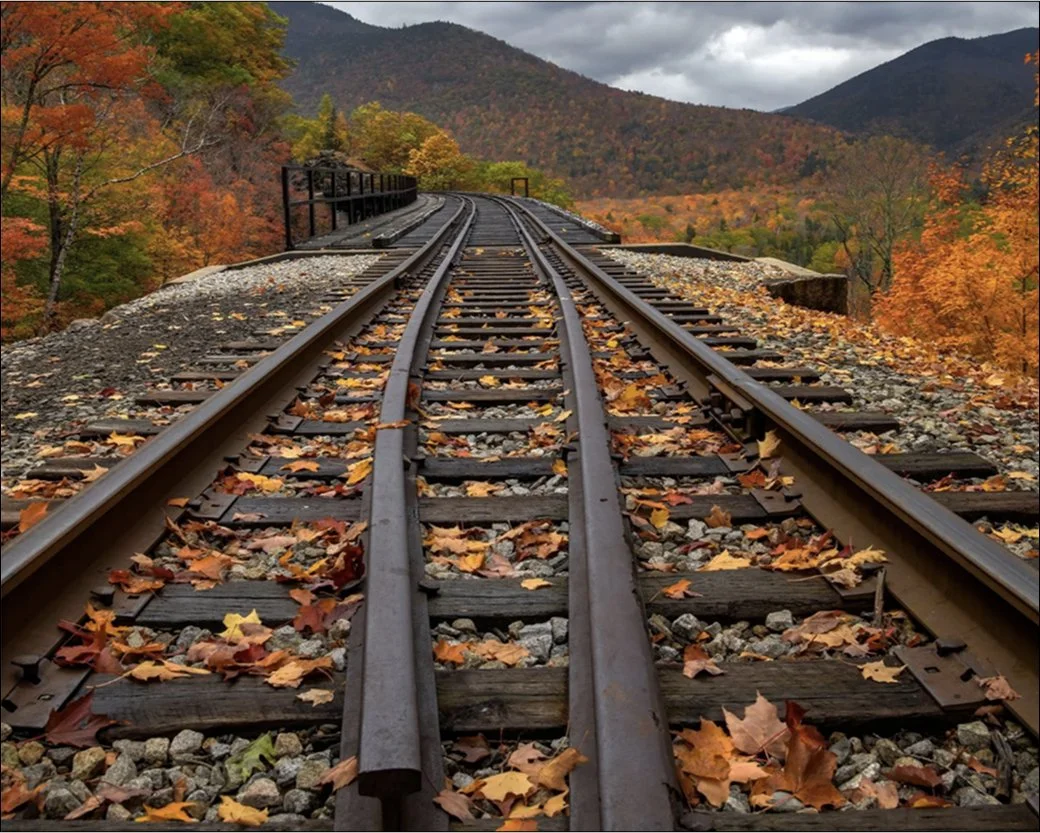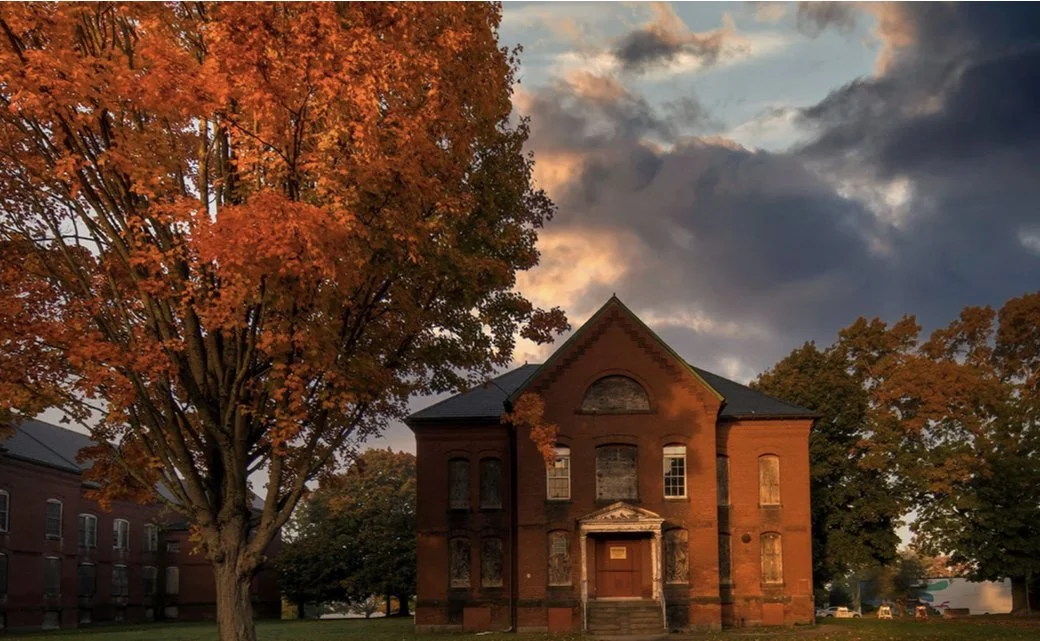Capturing Autumn’s Glow: Essential Tips for Stunning Fall Photography
Every autumn, I find myself reaching for my camera without even thinking about it. The world outside changes so fast, almost overnight, and I never want to miss it. One week, the trees are heavy with green, and the next they’re glowing with gold, orange, and red. There’s something about that shift that always makes me want to slow down, breathe in the cool air, and start noticing the details.
I’ve talked before on Ripe Arts about how different seasons affect the way I shoot. Autumn is the one that really gets me to pay attention. The light feels lower and softer, the colors deeper, and even the shadows seem to carry more mood. It’s about finding a way to show how the season feels.
When I head out in the fall, I’m usually looking for more than just the obvious postcard shots. Don’t get me wrong, a bright maple against a blue sky is beautiful. But I like to ask myself: what else is happening here? Where’s the story? Sometimes it’s in the tiny details. Other times it’s in the atmosphere: the way fog curls across a field or the way reflections shimmer in a puddle after rain.
Here are some of the things I keep in mind when I’m photographing autumn: ideas you can use whether you’re standing in the middle of a forest, walking down a city street, or just stepping outside your own front door.
Being in the Right Place at the Right Time
One of the trickiest parts of autumn photography is timing. The colors don’t wait around. A week too early and everything is still green; a week too late and the best of it has already fallen. Each region in North America has its own specific dates, shaped by temperature, rainfall, and elevation.
The table below gives you a rough idea of when peak color usually arrives. Use it as a starting point, then keep an eye on local foliage reports and weather patterns to plan your trip. And if you’re choosing locations, remember that forests with maples, oaks, and birches give the most vibrant palettes. Conifers nearby add a deep green that makes those colors pop.
One of the trickiest parts of autumn photography is timing. The colors don’t wait around. A week too early and everything is still green; a week too late and the best of it has already fallen. Each region in North America has its own specific dates, shaped by temperature, rainfall, and elevation.
The table below gives you a rough idea of when peak color usually arrives. Use it as a starting point, then keep an eye on local foliage reports and weather patterns to plan your trip. And if you’re choosing locations, remember that forests with maples, oaks, and birches give the most vibrant palettes. Conifers nearby add a deep green that makes those colors pop.
| Region | Peak Dates | Notable Spots |
|---|---|---|
| Northeast/New England | Sept 27-Oct 10 | Adirondacks, Acadia NP, Vermont |
| Midwest | Sept 30-Oct 15 | Michigan UP, Wisconsin, Minnesota |
| Mid-Atlantic/Appalachians | Oct 13-Oct 27 | Blue Ridge Pkwy, Pocono Mts |
| Rockies/Mountain West | Sept 29-Oct 17 | Colorado Rockies, Yellowstone |
| Pacific NW/Sierra Nevada | Oct 6-Oct 17 | Washington Cascades, Oregon |
| Southeastern US | Oct 22-Nov 7 | Tennessee Smokies, Georgia |
| Southern Plains/Deep South | Nov 1-Nov 15 | Texas, Louisiana, Florida |
Technical Tips That Make All the Difference
I’ll be honest, autumn will give you beauty no matter what, but the technical side of photography is what lets you capture it in full. The colors, the shifting light, the fleeting atmosphere: all of it can slip away fast if your camera isn’t set up to keep pace. These are the settings and choices I rely on most when the season hits its stride.
Shoot in RAW
If there’s one thing you do, let it be this. RAW keeps all the depth your camera can see, which means those fiery reds and subtle golden shadows won’t get flattened out. When I edit later, I love being able to pull out the details in both the highlights and the darker areas without the file falling apart.
White balance matters more than you think
Auto white balance has a habit of cooling things down, which is great for summer skies, not so great when you want the warmth of autumn to really come to the forefront. I usually switch to “Cloudy” or “Shade” to keep that glow. Sometimes I’ll adjust the Kelvin temperature myself until it feels right. It’s worth experimenting; bracket a few different settings and decide later which one captured the moment best.
Exposure in the mist
Fog can be tricky. Your camera will often underexpose it, making everything feel heavy and grey. I dial exposure compensation up a stop or two (+1, +2) to keep it light and airy. That little shift makes the mist look more like what your eye actually saw.
Shutter speeds for mood
Shutter speed is where autumn really lets you play. A fast shutter (1/500s or higher) will freeze a leaf in midair, crisp and perfect. Slow it down (around 1/15s on a tripod) and you’ll get that painterly blur as leaves tumble past or swirl across a stream. Both tell the story of the season, just in different voices.
The lenses I reach for
A wide-angle when I want the whole sweep of a landscape, especially with layers of mist or a trail leading off into the distance.
A macro or telephoto for when I want to get closer and look at veins of a leaf, droplets hanging from a branch, or even the reflection of trees in a far-off pond.
None of this has to be top-of-the-line gear. What matters most is knowing your tools well enough to let the season’s color and light do their work.
Bringing in Your Unique Creativity
Of course, the settings only get you so far. The real magic of autumn photography comes from how you see: where you stand, how you wait, and what details you choose to notice. This is where the season invites you to be playful. Sometimes it’s about chasing light, other times about slowing down.
Chase the Golden Hour
Autumn light has a personality all its own. When the sun is low, it’s like the leaves are lit from within. That’s when you’ll find the magic: long shadows stretching across a path, a canopy of gold above your head, or the kind of glow that makes even an ordinary street look cinematic. Shooting in RAW gives you room to balance those tones later, but honestly, sometimes the light is so good you barely need to touch it.
Look for Reflections
Autumn light has a personality all its own. When the sun is low, it’s like the leaves are lit from within. That’s when you’ll find the magic: long shadows stretching across a path, a canopy of gold above your head, or the kind of glow that makes even an ordinary street look cinematic. Shooting in RAW gives you room to balance those tones later, but honestly, sometimes the light is so good you barely need to touch it.
Follow the Lines
Just like in my urbex work, where staircases or long corridors pull the eye into the frame, autumn landscapes have their own natural leading lines. A trail covered in leaves, a row of trees, or even the curve of a fence can guide you through the shot. Once you start noticing them, you’ll see lines everywhere, and they’ll help give shape to the color.
I look for:
Curving roads covered in leaves.
Trails winding into the woods.
Fences or stone walls fading into the distance.
Rows of maples along a street.
Mist and Atmosphere
Fog is autumn’s wild card. You can’t schedule it, but when it appears, it transforms everything. If you’re lucky enough to find fog, simplify your plan. Let it soften edges. Don’t fill the frame with too much detail as the emptiness is part of the mood.
Silhouettes at The Edge of Day
Autumn evenings beg for silhouettes. A bare branch against a burning sky. A figure in a coat walking down a road lined with trees... sometimes the outline says more than the detail. So plan your trip accordingly and be ready to get photographing towards the end of the day.
Your Gear
I don’t carry everything with me, all the time, as the season moves too quickly to waste time digging through gear. My bag usually contains:
Wide-angle lens for sweeping landscapes.
Zoom or macro for close details.
Tripod for mist and motion.
Polarizing filter to cut glare on wet leaves and water.
Extra batteries, as cold mornings drain them faster than you expect.
Closing Thoughts: Fall Photography is Unique
What I love most about photographing autumn is that the colors change overnight, the light shifts by the minute, and the leaves you admired yesterday are already scattered underfoot today. That pace can feel urgent, but it’s also freeing. In the end, the settings and techniques matter because they let you hold onto those fleeting things. But the real work is in heading out there, enjoying, and exploring the season.















